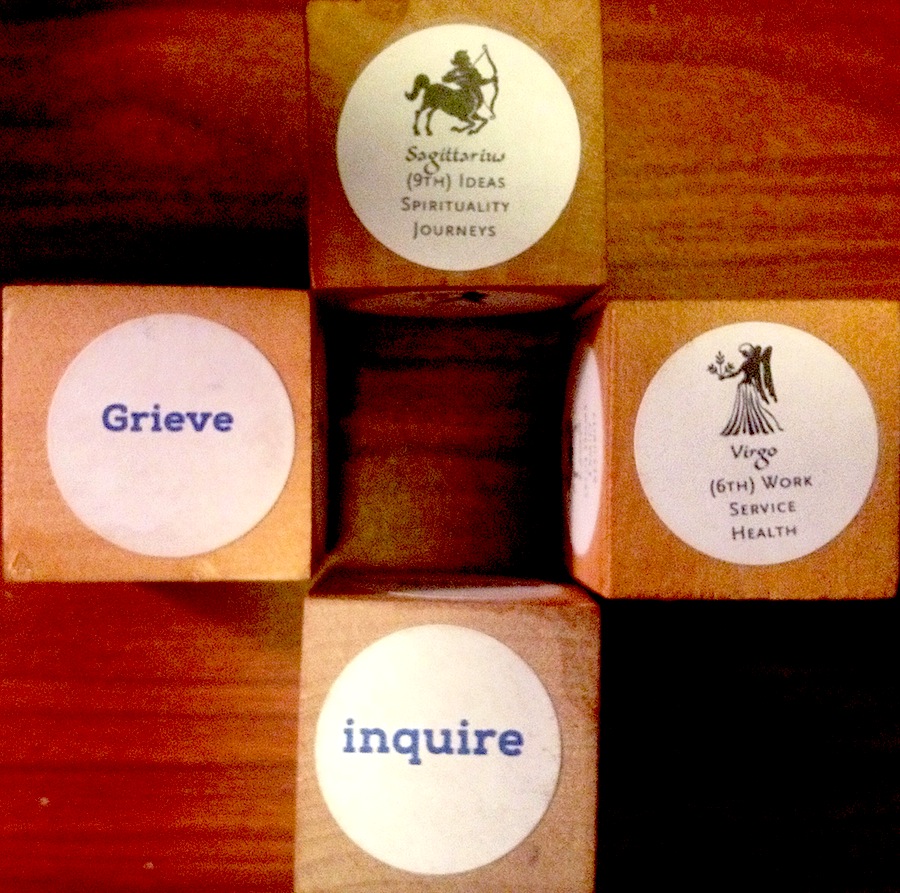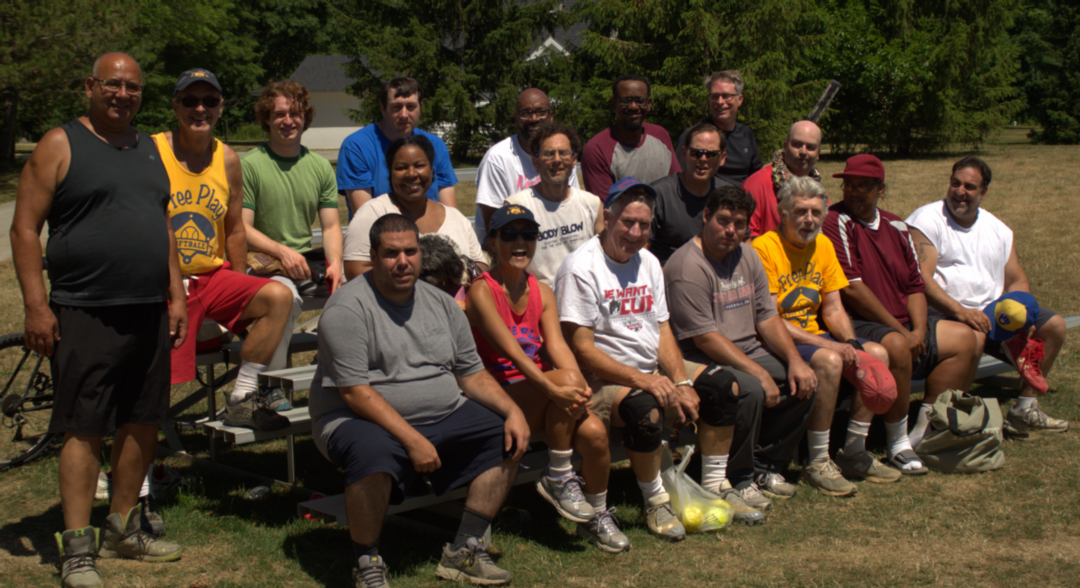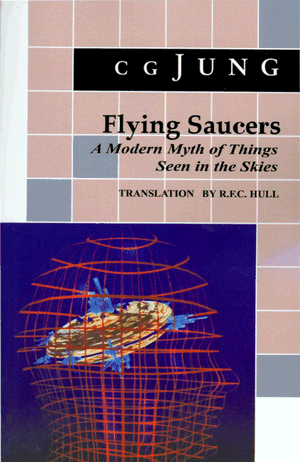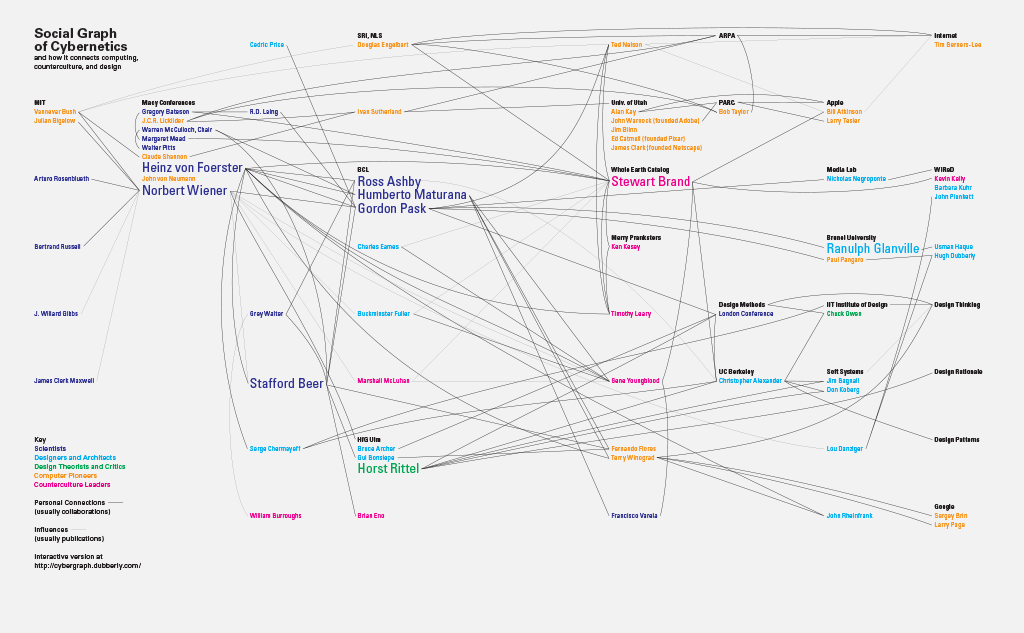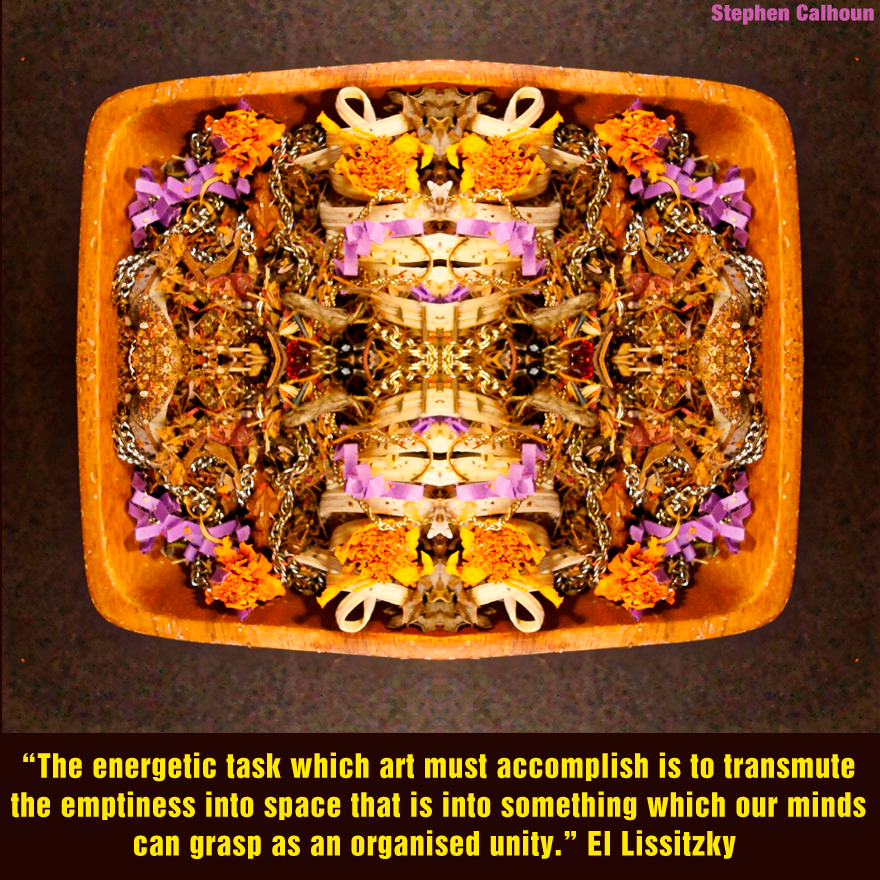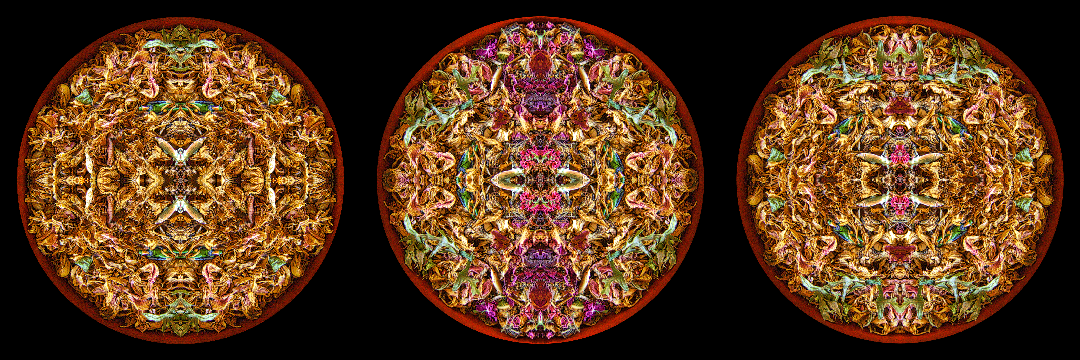
Throw Back What you Catch (3 Panel Version)
Garage sales are a primary source for the raw material for my photographic and generative art work. The process of gathering these materials together is part of my creative process.
In late June I ventured down the driveway of a beautiful Georgian style house in Shaker Heights, and arrived at the point of sale, where several portable tables were set up. Yet, what caught my eye as I scanned the large backyard were several desiccated peonies. On closer inspection I observed a really well thought out landscape and flower garden, centered on a tiny cabin and pond. To myself, I went, “Hmmmmm.”
Turning my attention to the tables full of cast offs and objects, I spotted a plastic bag with small figures in it. I looked inside and discovered it was the oddest chess set I have ever seen. Its motif was fishing and hunting, so, for example, the pawns were depicted by leaping fish, and, apparently, the King was a hunter with a rifle at his side, and the queen was a fisherman with rod and reel at his side, or visa versa.
Making the purchase, I told the older woman, of the two presiding over the sale, that I had a question for her, but, that I had to go out to my car to get a card to show her something.
In short order I came back with the post card for my art opening, handed it to her, and asked her,
“Would it be alright if I cleaned up your peaked peonies. I’m an artist and I use dried out flowers and stuff in photographs?”
She looked at the card, and told me that she too was an amatuer photographer. She looked at the art work depicted on the card.
“Wow!”
She thought for a moment and told me,
“You may help yourself to anything past its peak in my garden.”
(Bingo!) Then she got up and gave me a tour to show me where the goodies were in her beautiful garden.
Over the next few minutes I gathered up fallen roses and peonies and lilies and dried out ferns and other botanicals. As I did so I hatched an idea.
“Ma’am, I have had an inspiration. I am going to build a new piece out of this chess set and all the stuff I have picked up in your garden. This piece will use only stuff from this visit.”
She was surprised and then pleased. I told her she would be the second person to see the finished piece. It was at this point that we introduced ourselves to each other, exchanged contact information.
This all resulted in a bunch of excellent raw photographs. I finished two pieces several weeks ago. Titled, Throw Back what You Catch, it comes in a three panel small size, and in a six panel large size. The large size is four by six feet (and would be printed to aluminum.)
I presented her with a signed, framed paper proof of the three panel piece this week. She was tickled and reminded me I could hunt and gather through her garden “any time!”
***
My human encounters while garage ‘sailing’ provide me with great joy, just as well as tromping around the neighborhoods of the east side of Cleveland helps me stock up on vital artistic resources. For example, when people learn that I want to buy junky costume jewelry to put in photographs, sometimes they will tell me to ‘hold on,’ and go into their house and come back out with what they fetched, and then give it to me for free. This happens all the time.
Upon reflection I understand that my creative aims make room for my art being participatory in the way my goals allow for a friendly and serendipitous conjunction of human interaction, enacting/transacting, recycling, and, ‘reversioning’ of botanicals, junk, and objects.
In this way, art pieces come to embed: social processes, objects with specific origins, and the many stories about how stuff comes to end up in my hands.




